Every Android tablet we’re expecting in 2024
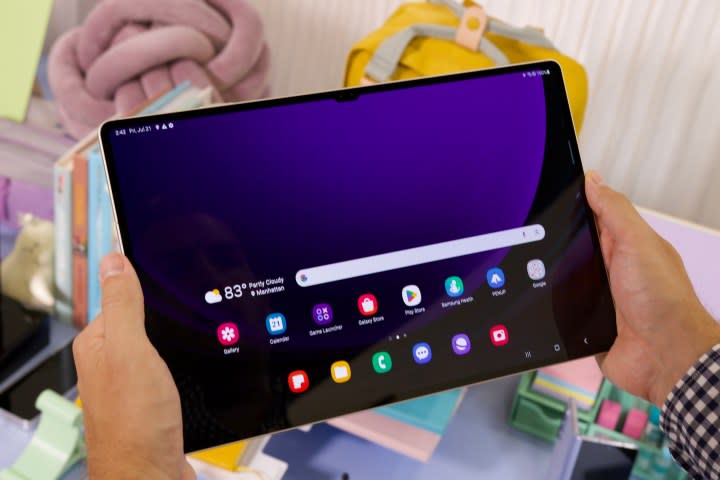
It’s an exciting time for Android tablets. Into the vacuum left in 2023 by Apple’s first-ever dearth of new iPads stepped two new contenders offering distinct takes on what a tablet should be, while Samsung’s venerable Tab S9 lineup raised the bar by cementing the position of its largest tablet and bringing AMOLED screens to the entire family.
There’s no reason to believe that this year will be any less interesting as Samsung continues to up its game while Google and OnePlus try to refine their initial first-generation efforts into more mature products.
While we haven’t heard much from the rumor mill about what to expect from these companies in 2024, there’s enough smoke to suggest that many of the usual suspects will be releasing new Android tablets throughout the year. Here are the most prominent players and what we can expect from each.
Samsung Galaxy Tab S10 series
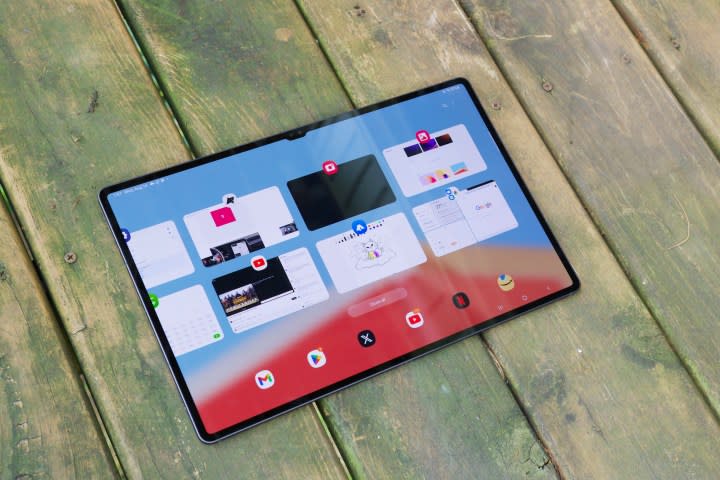
You can almost mark your calendar when it comes to Samsung’s product releases. Most recent years have kicked off with a new lineup of Galaxy S-series phones followed by a midsummer Galaxy Unpacked event that unleashes new foldables, flippables, watches, and tablets on the world.
Two years ago, Samsung shook up its tablet lineup when it introduced the 14.6-inch Galaxy Tab S8 Ultra, and it looks like that larger form factor is here to stay. The Galaxy Tab S9 Ultra got a lighter finish, but otherwise featured the kind of year-over-year improvements we’ve come to expect from Samsung’s tablets. On the other hand, the Galaxy Tab S9 joined the OLED generation, ditching its TFT LCD panel for the same AMOLED screen found on its larger siblings.
While there’s a slim possibility that Samsung will skip new tablets this year — it happened in 2021 — there’s evidence that Samsung has something up its sleeve for later this year. That’s not a foregone conclusion, though, as some analysts suggest Samsung has moved to an 18-month cycle for its tablet releases due to a softer market. The Galaxy Tab S8 lineup launched in February 2022 alongside the Galaxy S22 phones, but it’s unclear if that resulted from a delayed 2021 launch due to pandemic-related chip shortages.
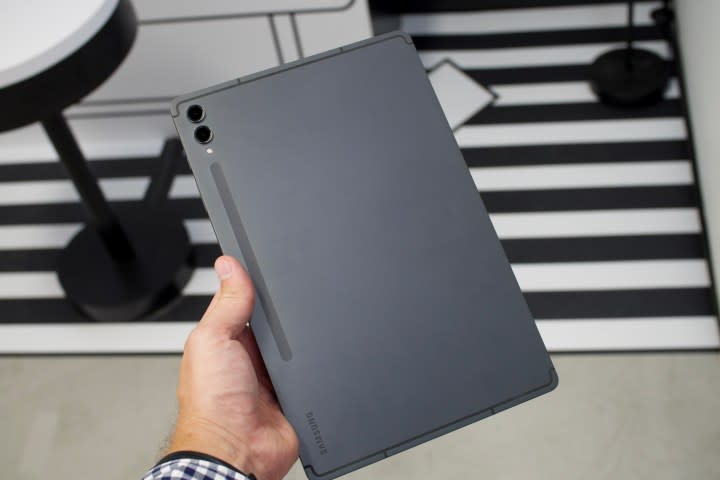
Either way, don’t expect any significant design changes. Samsung seems to have hit its stride in terms of the look and feel of its tablets, so at best, this year’s S10 lineup will likely be the usual set of spec bumps. If Samsung follows the pattern established in recent years, that should mean Snapdragon 8 Gen 3 chips across the board in the same memory and storage configurations as the S9 lineup. Sadly, we might also see higher prices for this year’s S10 series, as Samsung has been raising the prices of its tablets consistently over the past two years.
One interesting tidbit comes from Korean blogger Hakui, who shared details on a roundtable discussion that Samsung reps held with Korean college students last fall to solicit ideas. Suggestions included improvements in the design of the S Pen to make it more like the Apple Pencil, better document sharing, lower latency, an anti-reflective coating on the screen, and improvements to the speaker, microphone, and camera. Whether Samsung will take any of this feedback to heart is an open question, but the fact that it was looking for ideas is a good sign that some possible improvements could be coming.
OnePlus Pad 2
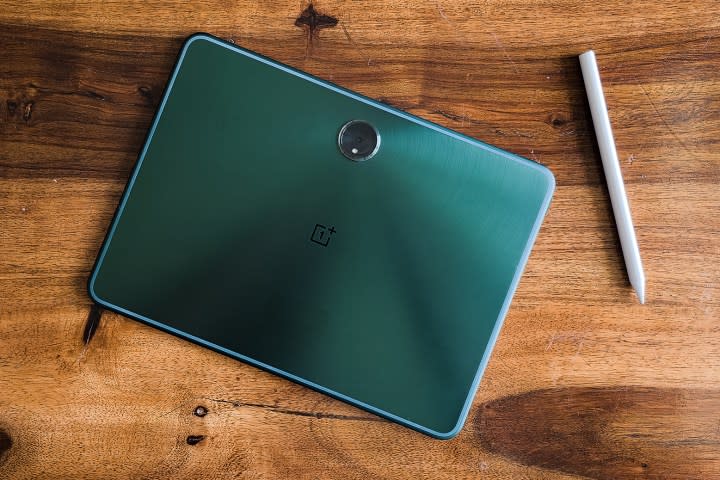
Enthusiast brand OnePlus has made great strides in diversifying its product portfolio. Last year was a year of firsts, with the OnePlus Open being the company’s first foldable phone and the OnePlus Pad marking a bold new entry into the tablet space.
The OnePlus Pad shook things up with an opinionated design that left no ambiguity about its provenance. This was a OnePlus product through and through, from its curvy design and Halo Green finish to the camera lens centered prominently on the back of the tablet.
OnePlus’ debut tablet was powered by a MediaTek Dimensity 9000 chip, but if a recent rumor is accurate, OnePlus could be switching to a Snapdragon 8 Gen 3 for the OnePlus Pad 2 this year, bringing it in line with the OnePlus 12. Depending on when it launches, that could make it the first tablet to feature Qualcomm’s latest high-end silicon, beating out Samsung’s Tab S10 in the same way that the OnePlus 12 came out ahead of the Galaxy S24 — at least in China. Currently, sources say we can expect OnePlus’ next-gen tablet to arrive in the second half of this year, but there’s little other information on what to expect beyond the chip upgrade. It’s hard to even speculate on what OnePlus might do here, considering that it hasn’t yet established any trends for tablet updates.
Google Pixel Tablet 2
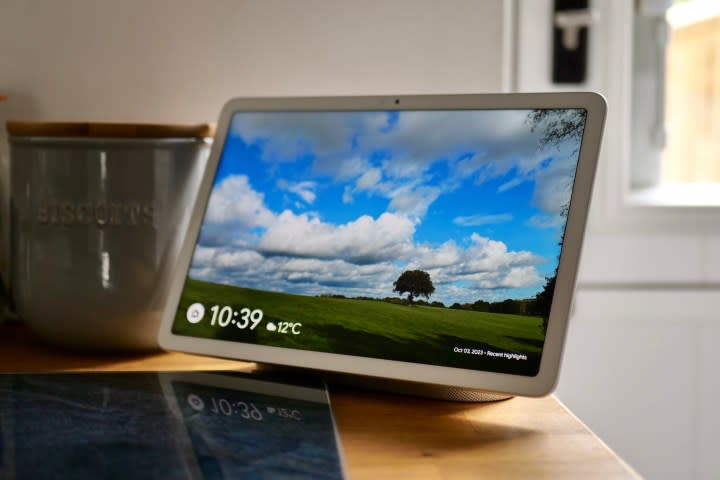
While OnePlus leaned heavily on its design chops, Google decided to take a completely different approach to its first Android tablet in nearly a decade by leaning heavily into the home hub and smart display aspects.
The result was the Google Pixel Tablet — a device with a serious identity crisis. Perhaps this shouldn’t have been surprising, considering Google’s last attempt, the Pixel C, had a similar problem deciding whether it wanted to be a tablet or a laptop. However, the combination of a “tablet” and a “smart display” meant that we ended up with a device that handled neither task particularly well.
Nevertheless, it was a bold idea, and we’re seriously hoping that Google has learned enough from this comeback play that it can produce a Pixel Tablet 2 that manages to smooth over the rough edges. After all, it pulled off a nice turnaround with the Pixel Watch 2.
Still, it’s a taller order for the Pixel Tablet, at least with its current design philosophy. One of the tablet’s biggest challenges is systemic; without improving the Google Assistant experience on the back end, it won’t matter how much more powerful or shiny the Pixel Tablet 2 turns out to be.
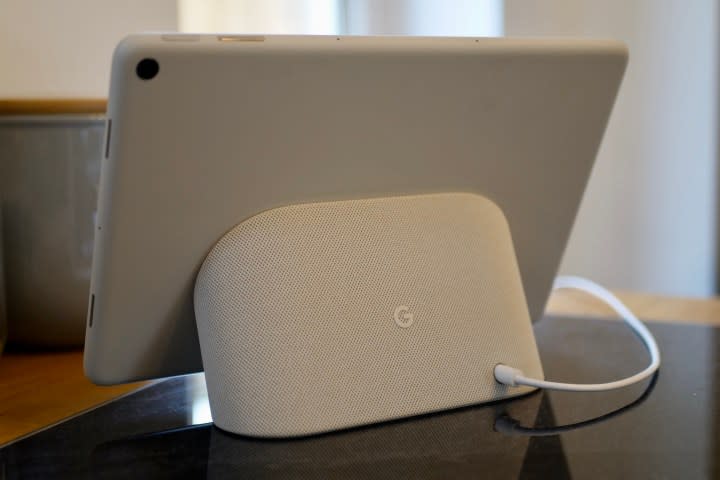
What do we know about this fabled second-generation Google tablet? The answer is “not much.” In February, the folks at 9to5Google dug through some Android beta code and found some hints that another tablet is in development, but it also requires reading a few tea leaves to come to that conclusion. The divination here is in the form of two new code names, Clementine and Kiyomi, which are hybrid citrus fruits in the Tangor family — one of two code names used while the original Pixel Tablet was in development.
Those code names seem to match Google’s whimsical ways, so they could be related to a Pixel Tablet and might even indicate that two versions are coming. However, nobody has been able to glean any additional information about the hardware behind them.
On the software front, there have been some ongoing clues that Google could bring its Look and Talk feature to the tablet, which is a promising sign that it could be improving the Google Assistant experience. The code for this was found by 9to5Google in October, followed more recently by references to a new Look and Sign feature. Since neither has launched on the current Pixel Tablet, Google may be saving these for the Pixel Tablet 2.
Amazon Fire tablets
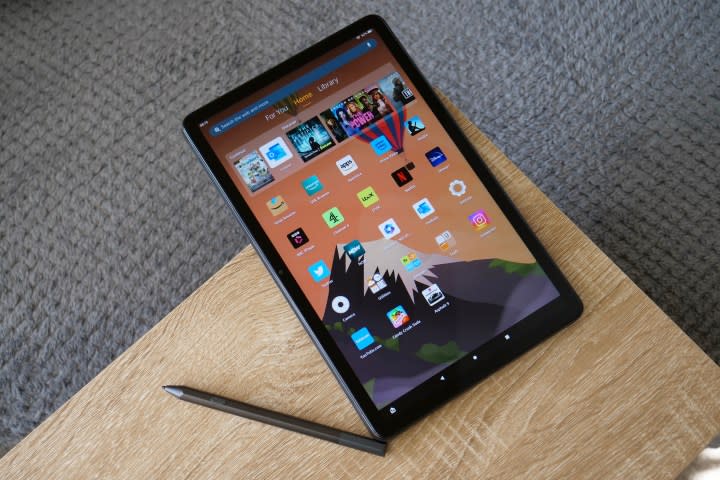
If there’s one thing you can seemingly count on, it’s that Amazon will always have a new budget-friendly tablet or two on offer each year. While these have traditionally been low-capability consumption devices — Amazon wants you to read and watch its content, after all — the Fire Max 11 surprised us last year by delivering a capable working experience. It still doesn’t hold a candle to what an iPad or serious Android tablet can do, but it’s more than fine for light work, especially given its very accessible price tag.
There have been few rumors about Amazon’s plans for this year’s Fire lineup, but we’re hoping that the trend it started will continue with a new Fire Max 12 alongside its usual assortment of Fire HD tablets.
Unfortunately, there is one slightly disconcerting report that appeared last fall. A November report from LowPass suggested that Amazon could be ditching Android sooner rather than later in favor of its own operating system. That’s not necessarily a new rumor as reports of Amazon’s work on its own OS go back to at least 2017; however, Amazon may be ramping up its efforts, with sources saying it’s expected to ship this year’s Fire TV devices with a new “Vega” OS.
It’s harder to say how that will impact its tablets. Even if this transition occurs on the Fire HD, it’s possible the Fire Max could remain Android-based. Amazon’s App Store is limiting enough already, and it’s hard to believe a whole new OS is going to improve the experience.

